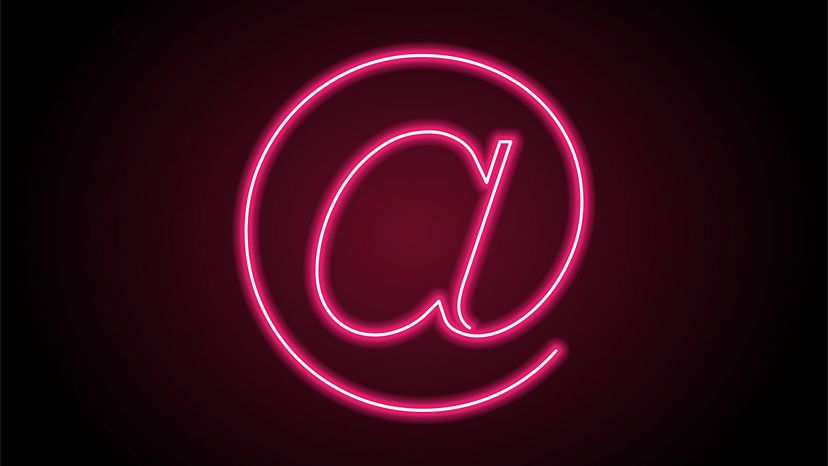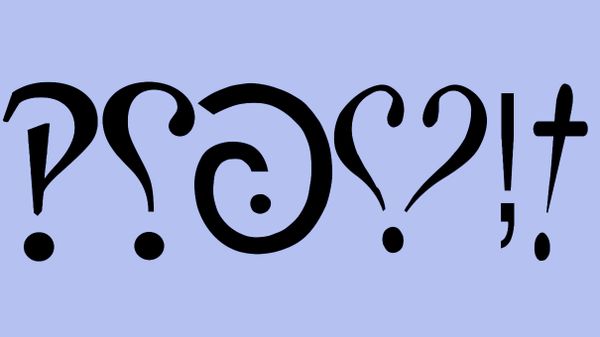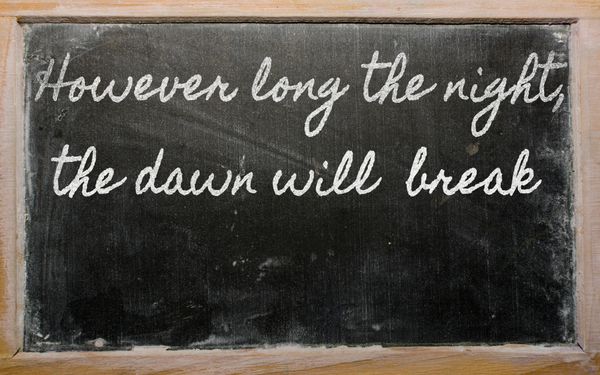
Key Takeaways
- In Germany, the @ symbol is called Klammeraffe. In Israel it's called strudel, and in Hungary, Norway and Turkey it's called kukac, grisehale and gül, respectively.
- The Spanish name for @, arroba, has a historical connection to weight and volume measurements in Spanish-speaking countries.
- The @ symbol was first used as shorthand for amphorae by Italian traders in the 16th century, and later became widely adopted in business and computing, leading to its inclusion on keyboards and in email addresses.
In Germany, the @ symbol is called a Klammeraffe ("spider monkey"). In Israel, it's called a strudel after the roll-shaped pastry. In Hungary, Norway and Turkey, it's called the kukac ("worm"), grisehale ("pig's tail") and gül ("rose"), respectively.
In English, we've ignored the fun, curlicue shape of @ and gone with the decidedly less colorful "at sign." But if you're really interested in the long and fascinating history of the now-ubiquitous @, it's better to call it by its Spanish name, arroba.
Advertisement


